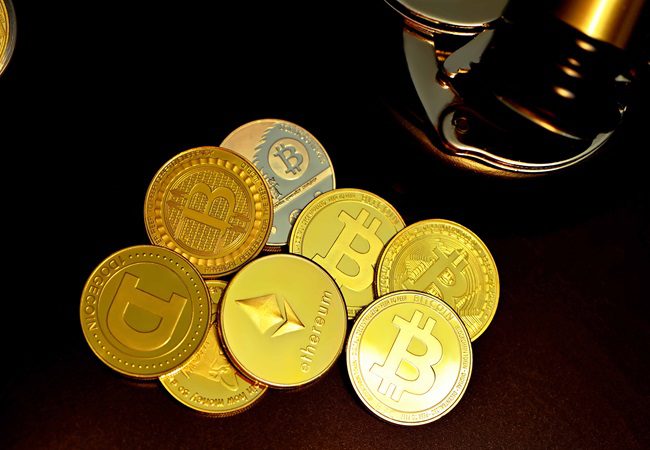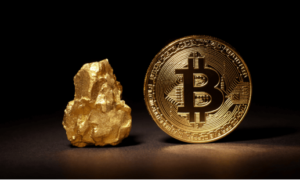Introduction:
In the dynamic landscape of technology, the convergence of Blockchain and the Internet of Things (IoT) stands out as a formidable force shaping the future. This symbiotic relationship holds the promise of not only connecting devices seamlessly but also ensuring unprecedented levels of security. In this article, we will explore how Blockchain is revolutionizing the IoT landscape, ushering in an era of enhanced connectivity, transparency, and trust.
The Intersection of Blockchain and IoT:
Enhancing Security Through Decentralization:
Blockchain, known for its decentralized and tamper-resistant nature, addresses one of the primary concerns in IoT – security. Traditional centralized systems are vulnerable to cyber-attacks, but by decentralizing the data storage and processing capabilities, Blockchain mitigates the risk of a single point of failure.
Immutable Record Keeping:
In the realm of IoT, maintaining accurate and unalterable records is paramount. Blockchain’s capability to create an immutable ledger ensures that the data generated by IoT devices remains secure and untampered. This feature not only enhances the reliability of the data but also builds trust among users.
Smart Contracts Automating IoT Processes:
The integration of smart contracts with IoT devices opens up a realm of possibilities. These self-executing contracts can automate processes based on predefined conditions, eliminating the need for intermediaries. This not only enhances efficiency but also reduces costs in IoT ecosystems.
Data Ownership and Privacy:
As IoT devices proliferate, concerns regarding data ownership and privacy become more pronounced. Blockchain empowers individuals to have control over their data by providing transparent and consent-driven mechanisms. Users can be confident that their data is secure and used only with their explicit permission.
The Advantages of Blockchain in IoT:
Improved Scalability:
The scalability of IoT networks has been a long-standing challenge. Blockchain, with its ability to handle a large number of transactions simultaneously, provides a solution to this problem. This is particularly crucial as the number of connected devices continues to surge.
Interoperability Across Devices:
IoT environments often involve diverse devices from different manufacturers. Blockchain’s standardized protocols facilitate interoperability, enabling seamless communication and collaboration among various IoT devices. This interoperability ensures that devices can work together harmoniously, regardless of their origins.
Decentralized Data Storage:
Traditional IoT systems rely on centralized servers for data storage, making them susceptible to cyber threats. Blockchain’s decentralized architecture distributes data across a network of nodes, reducing the vulnerability associated with centralized storage. This not only enhances security but also ensures data integrity.
Cost-Efficiency in Transactions:
The integration of Blockchain in IoT can lead to cost-efficient transactions. By eliminating intermediaries and automating processes through smart contracts, businesses can streamline operations and reduce transaction costs. This efficiency becomes especially critical as IoT ecosystems continue to expand.
Challenges on the Road to Integration:
Energy Consumption:
The energy-intensive nature of Blockchain transactions poses a challenge in IoT applications, where devices often operate on limited power. Striking a balance between maintaining the security of the Blockchain and optimizing energy consumption is a hurdle that researchers and developers are actively addressing.
Standardization and Regulation:
The lack of standardized protocols and regulatory frameworks for Blockchain in IoT creates uncertainty. Establishing industry-wide standards and clear regulations is crucial to ensuring a smooth and secure integration of these technologies.
Educational Barriers:
Understanding the intricacies of both Blockchain and IoT can be a barrier to adoption. Educational initiatives are essential to empower businesses and individuals with the knowledge needed to harness the full potential of these technologies.
The Future Landscape:
Industry-Specific Applications:
As the synergy between Blockchain and IoT matures, we can expect to see a proliferation of industry-specific applications. From healthcare to logistics, these technologies will reshape how businesses operate and deliver value to their customers.
Edge Computing Integration:
Edge computing, which involves processing data closer to the source (IoT devices), complements the decentralized nature of Blockchain. The integration of edge computing with Blockchain in IoT environments will further enhance real-time data processing and responsiveness.
Evolving Security Standards:
The future will likely witness the evolution of security standards tailored to the unique requirements of Blockchain in IoT. This will not only address current challenges but also ensure a robust security framework for the growing ecosystem of connected devices.
Conclusion:
Blockchain’s integration with the Internet of Things heralds a new era of connectivity and security. Furthermore, as businesses and industries continue to explore the potential of these technologies, overcoming challenges and embracing the advantages will be crucial. In this journey towards building a secure and connected world, the collaboration between Blockchain and IoT is at the forefront of this transformative wave. Notably, this partnership promises a future where data is secure, transactions are seamless, and connectivity is ubiquitous.



































